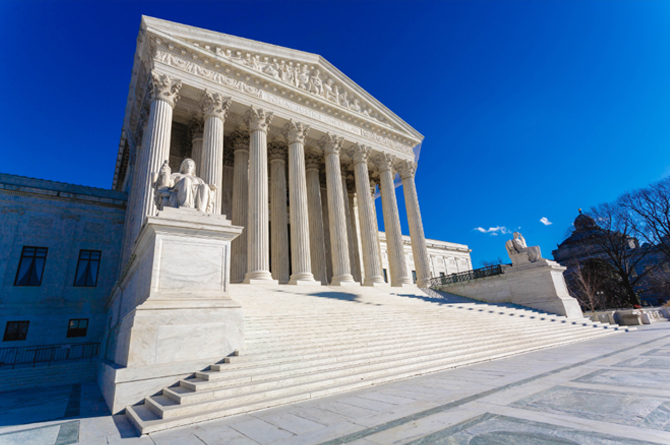U.S. v BHAGAT SINGH THIND, 261 U.S. 204 (1923)

Dr. Bhagat Singh Thind was an early South Asian Sikh immigrant to the United States. He was also a defendant in the landmark Supreme Court decision that would result in the exclusion of all Asians from obtaining naturalized citizenship. Up to 1923, the racial classification of South Asians was not completely clear. Prior to 1923, South Asians were routinely allowed to become naturalized U.S. citizens. However after the 1917 immigration law that effectively excluded all Asians (with the exception of a few Filipinos) from migrating to the United States, workers in the naturalization office began questioning the status of East Indians – were they Asian or Caucasian? A light skin high caste Indian certainly looked more like a European than an East Asian and any one classified as being free and “white” was allowed to be naturalized. Could a person of a group that was now being excluded from immigrating to the U.S. be allowed to become a citizen? This was the dilemma facing the courts as Dr. Bhagat Singh Thind’s case moved from the lower courts to the Supreme Court.
Thind, a U.C. Berkeley graduate and U.S. Army World War I veteran, probably never could have anticipated that becoming an American would put him through such difficult trials. Less than a year after his service in the army, on November 18, 1920, Thind was granted citizenship by the Oregon District Court. Almost three years later on July 25, 1923, Chief Justice (and former U.S. President) William Taft witnessed and gave orders to the Ninth Circuit Court to revoke Thind’s citizenship certificate.
Conclusion
Dr. Thind’s United States Supreme Court loss effectively resulted in all East Indians being grouped together with the other discriminated classes of Asians. The doors of U.S. citizenship had finally closed to all Asian immigrants and would last for the next 23 years.
*the article above was taken from a article written by Leonard Chan entitled “East Indians are Asian Too (1923) written for The AACP Newsletter, dated April 2004. It should be noted that many people in the United States realized how badly Dr. Thind was treated by the Supreme Court noting that he was a U.S. Veteran and in addition to being turned down for being an East Indian, that under public pressure, in 1935 the 74th Congress finally passed a law allowing citizenship to U.S. veterans, even those from the ‘barred zones’. Doctor Thind was naturalized for the third time in 1936 and given his long overdue naturalization rights.
